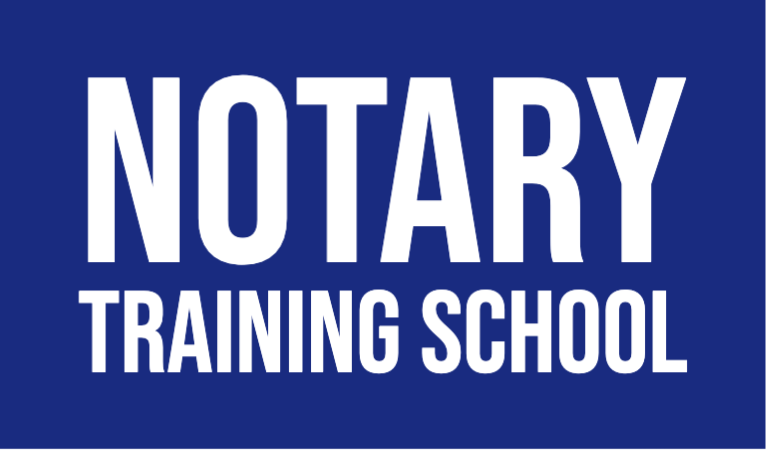The Impact of Wet and Dry Funding on Notary Signing Practices Across the U.S.

In the world of real estate transactions, understanding the nuances of funding types is crucial for notary signing agents. Two primary funding methods—wet funding and dry funding—play a significant role in how transactions are completed. This article will explore the key differences between wet and dry funding, how these practices impact notary signing processes, and what agents need to know to navigate these methods across various states in the U.S.
Table of Contents
Understanding Wet Funding

Definition of Wet Funding
Wet funding refers to a process where the loan funds are disbursed immediately after the closing documents are signed. The term “wet funding” comes from the idea that the money is disbursed before the ink on the signed documents has dried.
How Wet Funding Works
During a wet funding transaction, the notary signing agent plays a critical role in ensuring that all documents are correctly signed and notarized. The agent must verify the identities of all signatories and ensure that the documents are completed without errors. Once the signing is complete, the documents are promptly returned to the lender, who then disburses the funds.
Common Scenarios and Examples
Wet funding is commonly used in states where immediate transfer of funds is preferred or legally required. For instance, in scenarios where time is of the essence, such as in competitive real estate markets, wet funding is advantageous. Examples include quick sale transactions and instances where sellers need immediate access to funds for their next purchase.
Benefits and Challenges
Wet funding offers several benefits, including a quicker closing process and immediate availability of funds for sellers. However, it also poses challenges such as the need for all parties to be present at the same time and the pressure to complete and verify documents quickly to avoid delays.
Understanding Dry Funding

Definition of Dry Funding
Dry funding, on the other hand, is a process where the loan funds are disbursed after all documents are signed, reviewed, and approved. The term “dry funding” originates from the practice of waiting until the ink on the documents is dry before disbursing the funds.
How Dry Funding Works
In dry funding, the notary signing agent ensures that all documents are signed and notarized, similar to wet funding. However, the key difference is that these documents are then sent to the lender for review. The lender thoroughly checks the documents for accuracy and compliance before releasing the funds, which can take several days.
Common Scenarios and Examples
Dry funding is often used in states that require additional time for document verification and approval. For example, in states where thorough review processes are mandated to ensure compliance with state laws, dry funding is preferred. Scenarios include transactions involving complex properties or legal considerations that necessitate careful review.
Benefits and Challenges
The primary benefit of dry funding is the additional time for reviewing and correcting any document errors, which can prevent future legal issues. However, the main challenge is the delay in fund disbursement, which can be inconvenient for sellers and buyers expecting immediate access to funds.
Key Differences Between Wet and Dry Funding

Comparison of Wet and Dry Funding
The most significant difference between wet and dry funding lies in the timing of fund disbursement. Wet funding allows for immediate release of funds, while dry funding involves a delay. This timing impacts the overall closing process and the roles of the parties involved.
Legal and Procedural Differences
Legal requirements and procedures vary, affecting whether wet or dry funding is used. For instance, some regions have laws mandating immediate fund disbursement, while others require thorough document review before releasing funds. These legal distinctions are crucial for notary signing agents to understand and navigate effectively.
Impact on the Signing Process and Timeline
Wet funding generally results in a faster transaction timeline, as all actions are completed on the same day. In contrast, dry funding extends the timeline due to the additional review period, which can affect the scheduling and expectations of the parties involved. Understanding these timelines helps notary signing agents manage their schedules and communicate effectively with clients.
The Role of Notary Signing Agents in Wet and Dry Funding

Responsibilities in Wet and Dry Funding
Notary signing agents have crucial responsibilities in both wet and dry funding processes. In wet funding, they must ensure all documents are correctly signed and notarized for immediate fund disbursement. In dry funding, they play a key role in accurate document completion and timely submission for lender review.
Best Practices for Compliance and Efficiency
To ensure compliance and efficiency, notary signing agents should stay informed about regulations and funding preferences. They should also maintain meticulous attention to detail and effective communication with all parties involved. This includes double-checking documents for errors, understanding state-specific requirements, and keeping abreast of industry changes.
Common Challenges and Solutions
Challenges in wet funding include coordinating all parties’ schedules for simultaneous signing, while dry funding challenges revolve around the potential for delays in fund disbursement. Solutions include proactive scheduling, clear communication to manage expectations and timelines, and developing a thorough understanding of the processes involved.
Impact on Borrowers and Lenders

Effects on Borrowers
For borrowers, wet funding offers the advantage of immediate loan closing and fund availability, which is particularly beneficial in urgent situations. However, the quick process may leave little room for error correction, potentially leading to complications if issues arise.
Impact on Lenders
Lenders benefit from wet funding through quicker transaction completion and reduced administrative overhead. Dry funding, while slower, allows lenders to thoroughly verify documents, reducing the risk of errors and potential legal issues. This thoroughness can enhance the lender’s confidence in the transaction’s legitimacy and compliance.
The Role of Communication
Effective communication is essential in both funding methods to manage expectations and ensure a smooth transaction. Notary signing agents should keep all parties informed about the process, timelines, and any potential delays. This communication helps build trust and transparency, essential elements in real estate transactions.
Conclusion
Understanding the differences between wet and dry funding is crucial for notary signing agents to navigate the complexities of real estate transactions. Each funding method has its benefits and challenges. By staying informed and adopting best practices, notary signing agents can ensure compliance, efficiency, and smooth transactions for all parties involved. As the real estate landscape continues to evolve, adaptability and knowledge will remain key to success in this field.






Responses